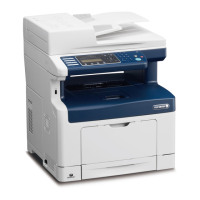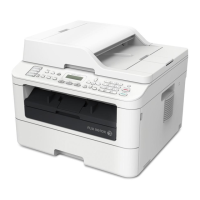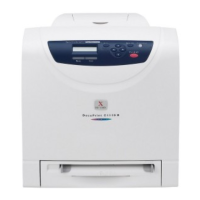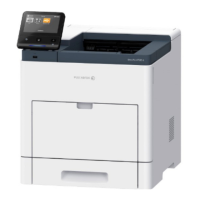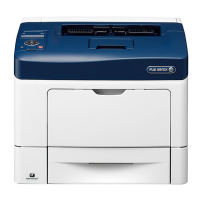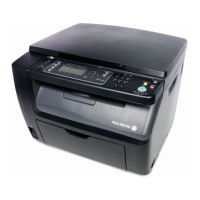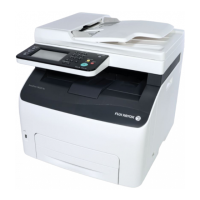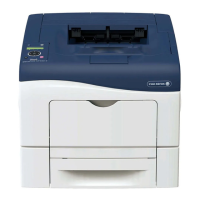Chapter 10 Principle of Operation
10.5 Unit Mechanisms
10-13
The following is the line connection procedure between two FAXes based on the steps 1 to 5 of "10.2 Tele-
phone Call Connection Mechanism". At the receiving FAX, step 6 is also automatically performed.
1 When an AT command (a modem control command) is sent from the control circuit to the
modem, the hook switch is activated, and a state is obtained that is identical to that when the
handset of a telephone is lifted. A dial tone (400Hz/48VDC) is sent from the local switch. The
modem's speaker emits the dial tone as an audible sound.
2 After image scanning, the telephone number (a previously stored number, number entered by
pressing phone buttons, etc.) is automatically dialed and transmitted to the local switch.
3 Steps 3, 4, and 5 for establishing a connection via the switches are identical to those for tele-
phone.
6 The receiving party's FAX automatically answers when it receives the call signal, and the hook
switch is activated. The local switch on the receiving party side receives a response signal and
stops sending tones to the sending and receiving parties, thereby establishing a communications
path between the both parties.
In the case of a telephone call, only voice conversion between the two parties follows. For FAX, prepa-
ration for delivery of image data is required that includes the following types of exchanges:
z The sending FAX indicates that the transmission is a FAX transmission.
z The receiving FAX indicates that it is ready to receive and also its communications capacity.
z The sending FAX then sends data in accordance with the receiving FAX's communications capacity.
Once mutual preparation is completed, image data sending and receiving is started. Image data is
modulated into an analog signal by the A/D converter at the sending FAX, then sent from its NCU.
Image data received by the NCU of the receiving FAX is demodulated into a digital signal by its A/D
converter and then sent to the control circuit. When image data reception is completed, the FAX auto-
matically disconnects the line (hook is OFF).
In summary, the NCU automatically executes a series of such operations from hook switch ON to hook
switch OFF.
The control circuit also retains other important functions such as data compression and memory. With data
compression, any part of the scanned image data that consists of continuous white or black pixels is
encoded into a single element, thus compressing the volume of data.
Memory temporarily stores data during transmission and reception.
■Printer
The printer prints image data from the control circuit onto the surface of paper. The principle is the same as
that of an ordinary printer in that black is applied to specified locations on the paper.
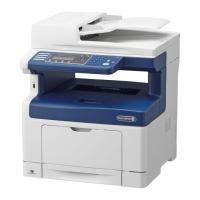
